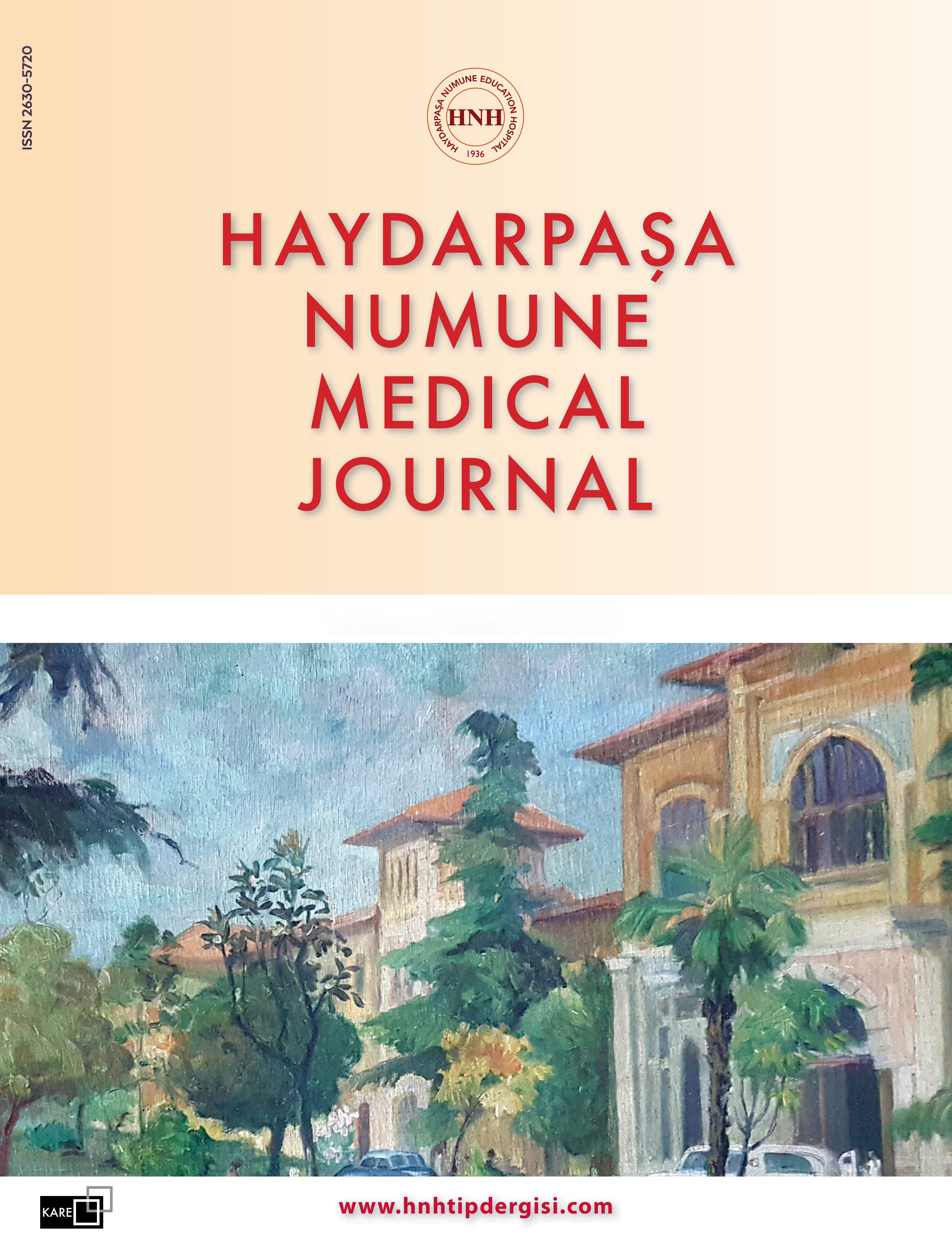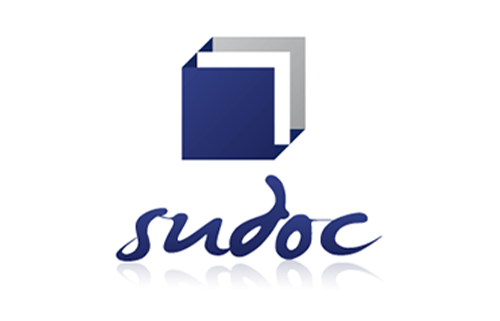Truncal Vagotomy, Gastrojejunostomy and Braun Anastomosis Technique in the Surgical Treatment of Intractable Peptic Ulcer
Abdullah YıldızDepartment of General Surgery, University of Health Sciences, Umraniye Training and Research Hospital, Istanbul, TurkeyINTRODUCTION: The present study aims to evaluate the results of bilateral truncal vagotomy (BTV), gastrojejunostomy (GJ) and Braun (B) anastomosis technique, which has been used in our patients with intractable peptic ulcer.
METHODS: Demographics, indications of surgery (intractability, stenosis, refractory bleeding), diagnostic methods used (barium X-ray, upper gastrointestinal endoscopy), localization of ulcer, early and late postoperative complications, hospitalization period and mortality parameters of 32 patients, who underwent elective surgery (BTV+GJ with long afferent and efferent loops+B) in a two-year period, were retrospectively evaluated in this study.
RESULTS: The mean age was 47 years (range, 29-73), and all of them were male (91%) except three patients (9%). The most common localization of ulcers was the first part of the duodenum at anterior wall (64.6%). Resistance to the medical treatment and persistent symptoms (intractability, 34.4%) and pyloric stenosis (31.3%) were the most common indications for surgery. Early postoperative complications were surgical site infections (6.6%), delayed gastric emptying (3.3%) and atelectasis (3.3%). All patients were discharged home between the 5th and 10th postoperative days. Gastric dullness, episodic diarrhea and Dumping syndrome (15.3%, 11.5% and 7.7%, respectively) were among the commonest late postoperative complications in a mean of 20 months follow-up period (range, 12-30). There was no mortality.
DISCUSSION AND CONCLUSION: Although ulcer surgery is rarely performed today, after introduction of modern anti-ulcer medications, we think that the BTV+GJ+B procedure can be applied safely in intractable cases.
Keywords: Braun anastomosis, gastrojejunostomy; intractable; peptic ulcer; truncal vagotomy.
Tedaviye Dirençli Peptik Ülserin Cerrahi Tedavisinde Trunkal Vagotomi, Gastrojejunostomi ve Braun Anastomozu Tekniği
Abdullah YıldızSağlık Bilimleri Üniversitesi, Ümraniye Eğitim ve Araştırma Hastanesi, Genel Cerrahi Kliniği, İstanbulGİRİŞ ve AMAÇ: Bu çalışmanın amacı, medikal tedaviye yanıt vermeyen inatçı peptic ülser hastalığında uyguladığımız elektif bilateral trunkal vagotomi (BTV), gastrojejunostomi (GJ) ve Braun (B) anastomozu tekniğinin sonuçlarını değerlendirmektir.
YÖNTEM ve GEREÇLER: içerisinde elektif cerrahi (BTV+uzun urve GJ+B) uygulanan 32 hastanın demografik verileri, cerrahi indikasyonlar (intraktabilite, stenoz, refrakter kanama), kullanılan teşhis yöntemleri (Baryumlu grafi, üst gastrointestinal endoskopi), ülser lokalizayonu, erken ve geç dönem postoperative komplikasyonlar, hastanede kalış süreleri retrospektif olarak incelendi.
BULGULAR: Yaş ortalaması 47 (aralık, 29-73) idi. Hastaların 3 ü (%9) hariç hepsi erkek (%91) ti.Ülserin en sık görüldüğü yer duodenum ön duvar olarak tespit edildi (64.6%). Medikal tedaviye direnç, sürekli semptom veren inatçı ülser (intraktabilite, % 34.4) ve pilor stenozu (31.3%) en sık cerrahi endikasyonları oluşturmakta idi. Erken dönem postoperatif komlikasyonlar; cerrahi alan infeksiyonları (6.6%), gecikmiş mide boşalımı (3.3%) ve atalektazi (3.3%) olurken tüm hastalar postoperatif 5. ve 10. günler arasında taburcu edildiler. Ortalama 20 ay (aralık, 12-30) takip sürecinde midede dolgunluk hissi, epizodik diare ve Dumping sendromu (sırasıyla, %15.3, %11.5 ve % 7.7) geç dönemde en sık görülen komplikasyonlar arasındaydı. Mortalite görülmedi.
TARTIŞMA ve SONUÇ: Günümüzde modern anti-ülser tedavilerin kullanma girmesiyle ülser cerrahisi oldukça az ugulanmakla birlikte, medikal tedaviye dirençli inatçı ülserlerde BTV+GJ+B prosedürü güvenle ugulanabilir.
Anahtar Kelimeler: Trunkal vagotomi, gastrojejunostomi, Braun anastomozu, peptik ülser, intractabilite
Manuscript Language: English
















